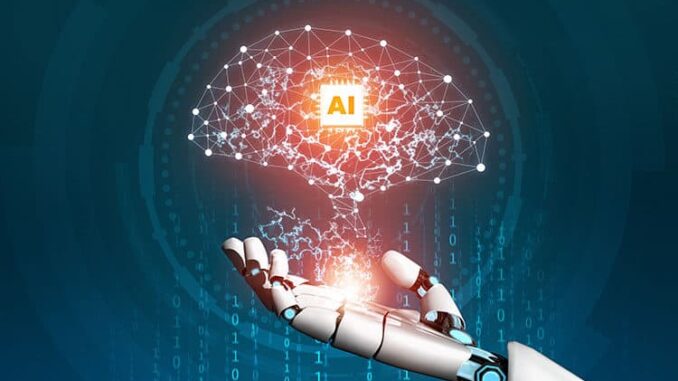
AI chatbots and virtual assistants are applications designed to engage with users in a conversational manner, often leveraging natural language processing (NLP) and machine learning to understand and respond to inquiries.
They serve various purposes across multiple domains, from customer service to personal assistance, and continue to evolve with advancements in AI technology.









### Key Features:
1. **Natural Language Processing (NLP)**:
– Enables understanding and generation of human language, allowing chatbots to comprehend user queries and provide relevant responses.
2. **Machine Learning**:
– Algorithms learn from interactions to improve responses over time, becoming more accurate in understanding user intent.
3. **Context Awareness**:
– Many chatbots can remember context within a conversation, leading to more meaningful interactions.
4. **Multichannel Integration**:
– AI chatbots can be integrated into various platforms, such as websites, messaging apps (like WhatsApp, Facebook Messenger), and voice assistants (like Amazon Alexa or Google Assistant).
5. **24/7 Availability**:
– Unlike human representatives, chatbots can work around the clock, providing instant support at any time.
### Applications:
1. **Customer Service**:
– Handling inquiries, providing product information, processing orders, and troubleshooting issues.
2. **E-commerce**:
– Assisting customers in navigating online stores, making recommendations, and providing personalized shopping experiences.
3. **Healthcare**:
– Scheduling appointments, providing medical information, and assisting with symptom checking.
4. **Finance**:
– Offering account information, handling transactions, and providing financial advice.
5. **Personal Assistants**:
– Examples include Siri, Google Assistant, and Microsoft’s Cortana, which help users manage tasks, set reminders, and control smart home devices.
### Benefits:
1. **Cost Efficiency**:
– Reduces the need for extensive human customer service teams, lowering operational costs.
2. **Quick Response Times**:
– Instant responses enhance user satisfaction and reduce wait times.
3. **Scalability**:
– Easily handle an increasing volume of interactions without needing proportional increases in resources.
4. **Data Collection and Insights**:
– Gather valuable user data and insights that can help businesses improve their products and services.
### Challenges:
1. **Understanding Nuance**:
– Sarcasm, slang, and complex queries can be challenging for AI to interpret correctly.
2. **Privacy and Security**:
– Handling sensitive information requires robust security measures to protect user data.
3. **Limited Capabilities**:
– While many chatbots can handle common queries, more complex issues may still require human intervention.
4. **User Frustration**:
– Poorly designed chatbots can lead to user frustration, especially if they provide irrelevant answers or fail to escalate issues properly.
### Future Trends:
1. **Enhanced Personalization**:
– Using data analytics to improve user interactions and tailor experiences based on past behavior.
2. **Voice Activated Interfaces**:
– Increased adoption of voice recognition technology for more seamless interactions.
3. **Multimodal Interactions**:
– Integrating text, voice, and visual elements for richer user experiences.
4. **Greater Autonomy**:
– Advanced AI systems may handle more complex tasks independently, reducing reliance on human operators.
AI chatbots and virtual assistants represent a significant shift in how we interact with technology, promising more efficient, personalized, and accessible services across various sectors.


Leave a Reply